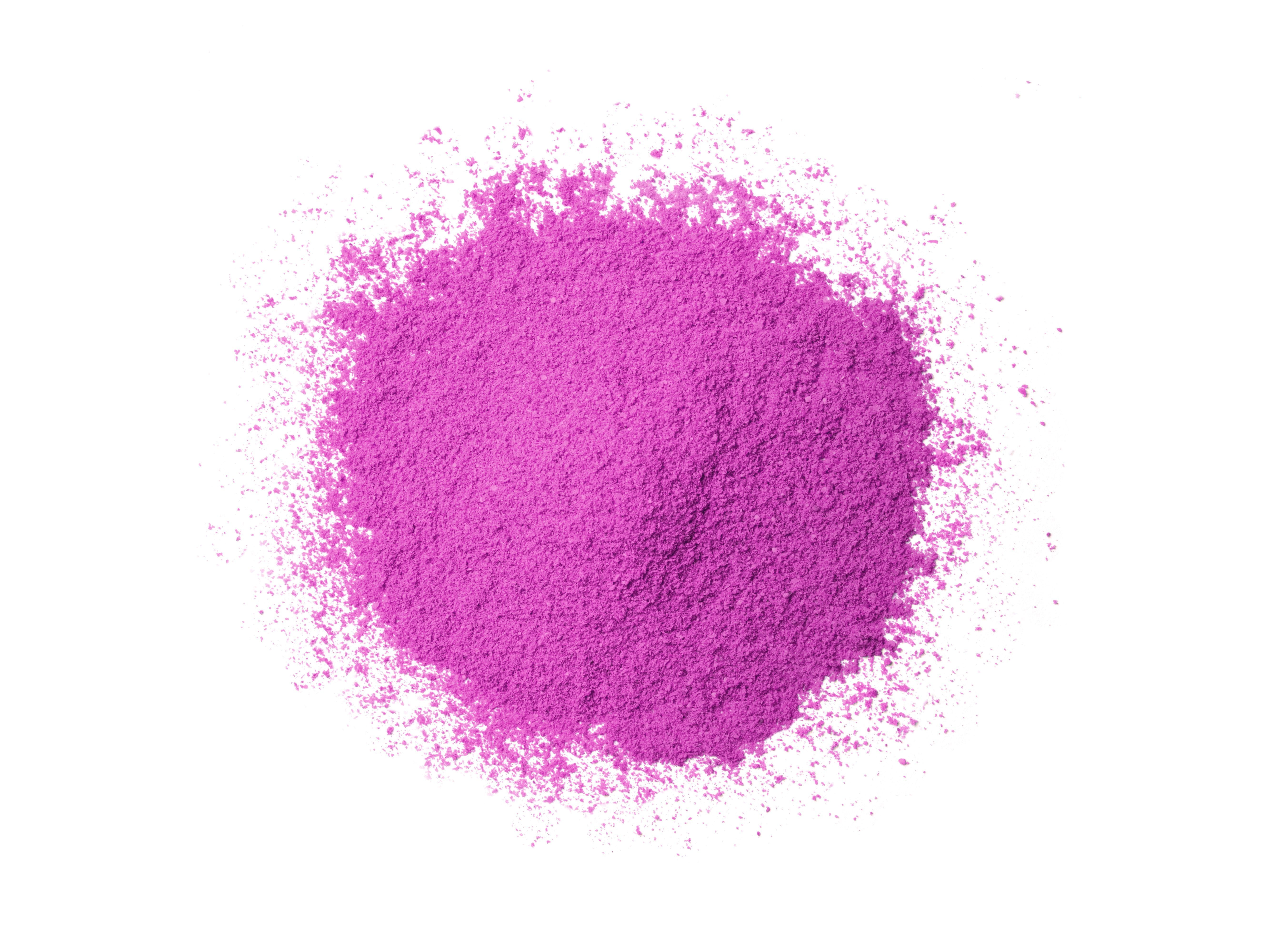What is Pink Cocaine?

The Bottom Line
While pink cocaine is in fact pink, it often does not contain cocaine, but a mixture of other potentially dangerous drugs, including 2-CB, MDMA (ecstasy), ketamine, and caffeine in various amounts. This mixture can cause serious adverse effects and lead to long-term addiction.

What is pink cocaine?
Pink cocaine is a powdered mixture of drugs that usually does not include cocaine, but a combination of other drugs. It is pink in color due to the addition of food coloring, and sometimes strawberry or other flavoring. It is most commonly used by young people in the club scene. Pink cocaine is usually either ingested in pill form or snorted as a powder. Rarely, it is injected.How is pink cocaine different than regular cocaine?
Generally speaking, pink cocaine often does not contain any cocaine. The most common drugs that have been found in pink cocaine include 2-CB, MDMA (ecstasy), ketamine, and caffeine. 2-CB is a psychedelic drug that was first developed to help treat sexual dysfunction, but it was removed from the market due to safety concerns. 2-CB has also been referred to as Tusi, Tuci, Tusibi, and Tucibi. MDMA (methylenedioxymethamphetamine) is commonly known as ecstasy or Molly and is also a psychedelic drug that also has stimulant properties. Ketamine is a medication that is used in human and veterinary medicine, but has also been abused. Caffeine, which has stimulant effects, can also be included in pink cocaine.What are the effects of pink cocaine?
Pink cocaine can cause a variety of effects, depending on what is in the mixture and how much is used. People use the drug to experience a sense of openness, sociability, and euphoria. Adverse effects include hallucinations, anxiety, elevated body temperature, increased heart rate and blood pressure, low sodium levels, nausea and vomiting, and rarely, seizures, abnormal heart rhythms, and coma.
Physical and sexual assaults, as well as traumatic injuries, have occurred when people are impaired by this type of drug. It is also important to know that pink cocaine may be contaminated with drugs beyond those mentioned here, so unanticipated effects can occur depending on what is in the mixture. For example, opioids, bath salts, and hallucinogens have also been found in pink cocaine samples.
Are there long-term risks of using pink cocaine?
Long term effects can include heart problems, increased risk of stroke, behavioral changes, and addiction.Is pink cocaine addictive?
Pink cocaine is often used in party or in club settings and less commonly on a regular basis. While it is not as addictive as other drugs such as opioids or fentanyl, there is the potential for addiction with pink cocaine.How to treat a pink cocaine exposure or overdose.
If you suspect a pink cocaine related overdose, the safest thing to do is to get the person immediate medical attention. Call 911 for help. If the person has a seizure, place them in a safety position on their side.
If the person is not breathing, and it is available, you can administer Narcan (naloxone) in case there is an opioid involved. If the person does not have a pulse, start CPR until help arrives. If the person is impaired and at risk for self-harm, try to keep them calm and safe until help arrives.
Maryann Amirshahi, PharmD, MD, MPH, PhD
Medical Toxicologist
Poison Control Media Information
Did you find this page helpful? If so, we need your support. Poison Control is in constant competition with misinformation online. Links to www.poison.org or our webPOISONCONTROL triage tool from other websites and blogs help internet searchers quickly find accurate information and Poison Control’s contact information in an emergency. If you use the content from this page, please provide attribution via a link back to this page, www.poison.org, or https://triage.webpoisoncontrol.org/#!/exclusions. By doing so, you could save a life. Thank you!
Poisoned?
Call 1-800-222-1222 or
Prevention Tips
- Do not use street drugs or other illicit substances.
- Bystander naloxone administration saves lives. Learn how to administer naloxone and keep it handy if possible.
- Learn to perform CPR in case of an emergency.
- Treatment is available for substance addiction. Treatment is the best way to prevent an overdose from happening.
For More Information
References
Poisoned?
Call 1-800-222-1222 or
Prevention Tips
- Do not use street drugs or other illicit substances.
- Bystander naloxone administration saves lives. Learn how to administer naloxone and keep it handy if possible.
- Learn to perform CPR in case of an emergency.
- Treatment is available for substance addiction. Treatment is the best way to prevent an overdose from happening.
